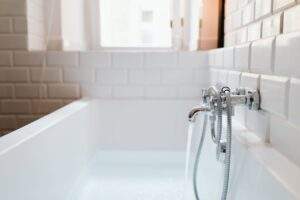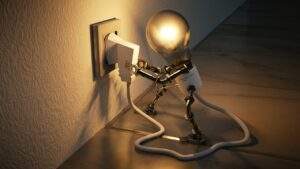The Role of Color Psychology in Interior Design
Regarding interior design, color is one of the most powerful tools. It’s a key component in setting the mood, which is why it’s so important to understand room color psychology.
Different colors trigger different emotions and reactions. Understanding the psychological effects of different hues can help you create an aesthetically pleasing and emotionally impactful environment.
spaces for new mothers.
Combinations
Color psychology is the close relationship between colors and emotions. It helps Denver interior designers understand how certain tones evoke different moods and use this information to fully optimize each space based on the atmosphere they want it to have.
Red evokes passion, energy, and excitement, making it ideal for spaces you want to feel energized in, such as home offices or kitchens. Red can also increase appetite, making it a great dining room choice.
Blue, on the other hand, evokes feelings of tranquility and neutrality. Light hues like sky and turquoise can be used in bedrooms or communal living areas to create a sense of calmness. Deeper shades of blue, such as navy and royal, can elicit feelings of masculinity and stability.
Using combinations of warm and cool tones is a great way to achieve a more balanced and sophisticated palette. However, it is important to note that the emotional and behavioral reactions to colors can vary greatly from one person to the next.
Warm Tones
Color psychology is a cornerstone of interior design for aesthetic purposes, but it also influences how a room makes people feel. It can impact productivity, energy levels, and mood.
Warm colors evoke images of fire and include red, orange, and yellow hues. They contrast with cool tones, which evoke images of water and include shades of blue, green, and violet. A simple way to distinguish between warm and cool hues is to look at a color wheel.
Earthy tones like walnut browns, creamy ivories, and rich terra-cottas add warmth to a space and create a sense of hominess. These tones are ideal for bedrooms, living rooms, and communal spaces.
Purple, a regal hue that can develop feelings of depth and inspiration, is perfect for creative spaces such as home offices and studios. It is also a great accent color in a lounge area. This hue can inspire creativity and is especially effective when paired with natural light sources.
Cool Tones
The opposite of warm tones, cool colors create calmness and tranquility. This makes them ideal for bedrooms or any space where you want to relax.
Cool hues also invoke a sense of excitement and energy. For this reason, they’re great for kitchens and communal spaces. Orange is a perfect example; it encourages positive emotions and boosts metabolism.
Green is another popular cool color in interior design. Its many shades, from emerald to olive, are associated with health and tranquility. Plus, it’s been found to lower blood pressure and heart rate.
Neutral Tones
The neutrals (black, white, greys, and tans) are classics that never go out of style. These colors are often mixed with other shades to create a more dynamic effect. But they can also work independently to provide balance and sophistication.
Depending on what kind of atmosphere you want to create, the right color scheme can be the difference between being energized in your living room or calming down in your bedroom. The close connection between color and emotion makes it one of the most powerful tools in interior design. Knowing how to apply the psychology of color can help your clients create spaces that truly reflect their personality and style.






